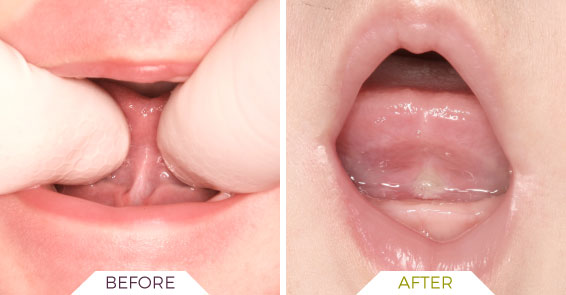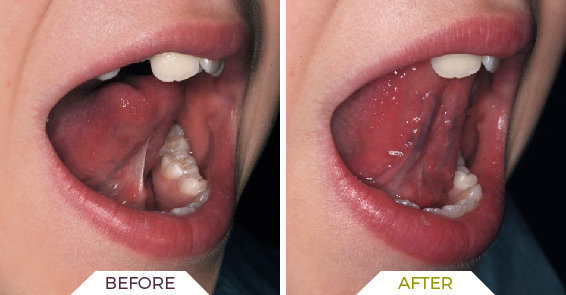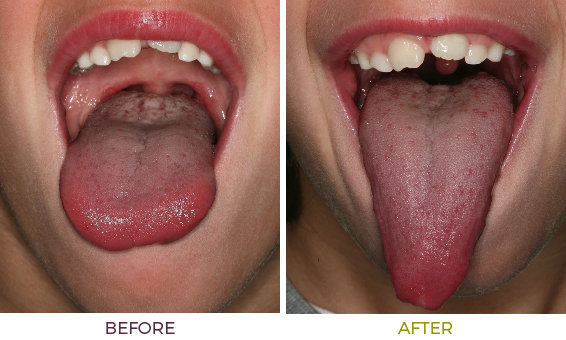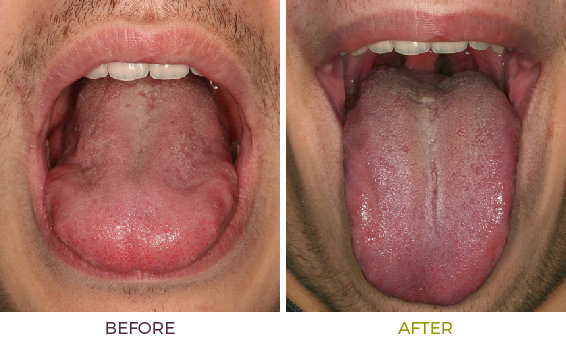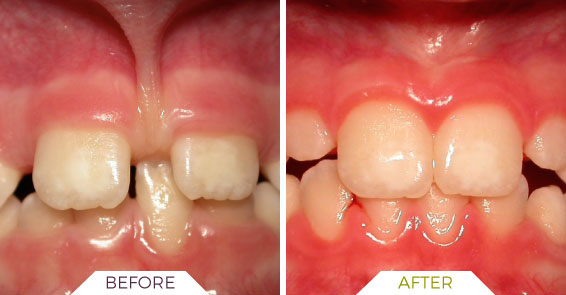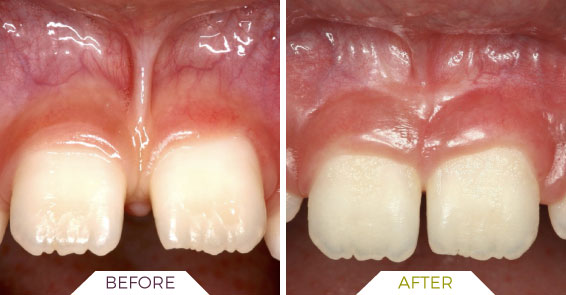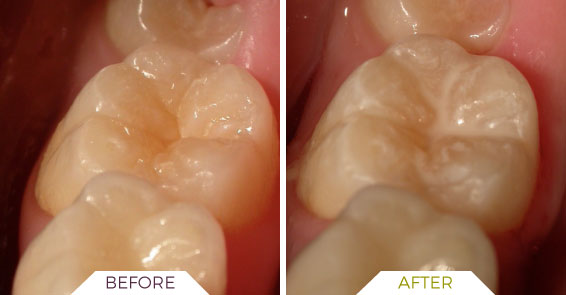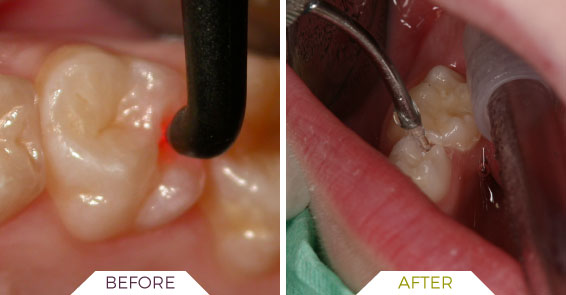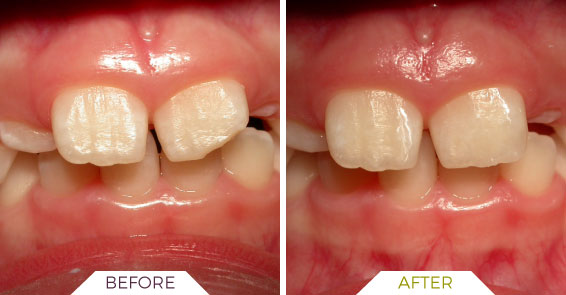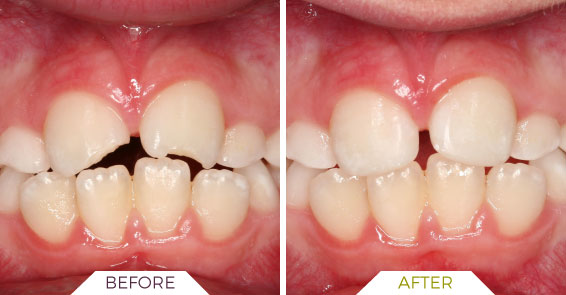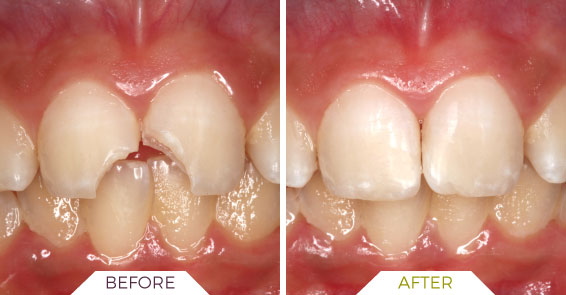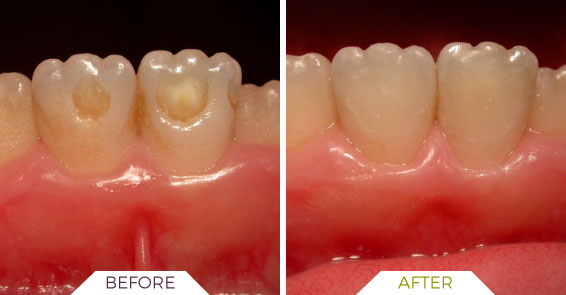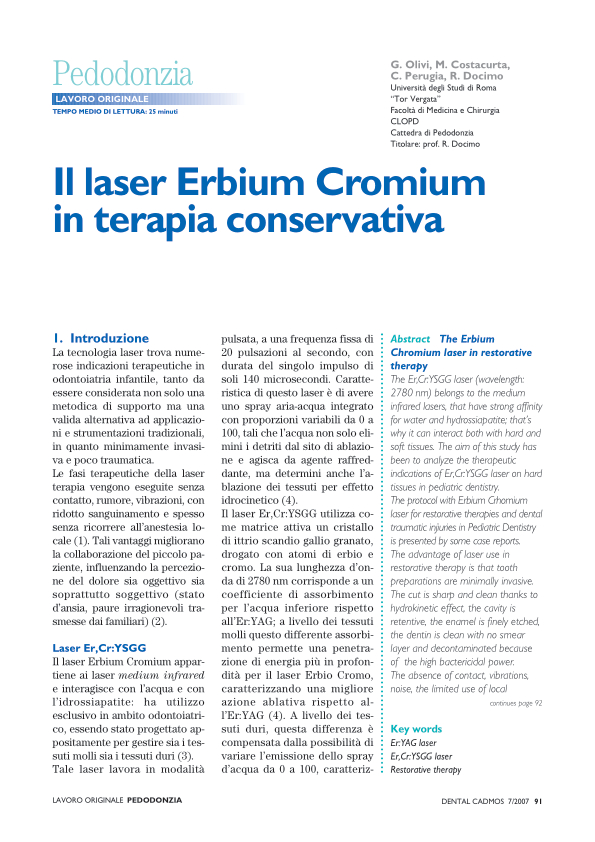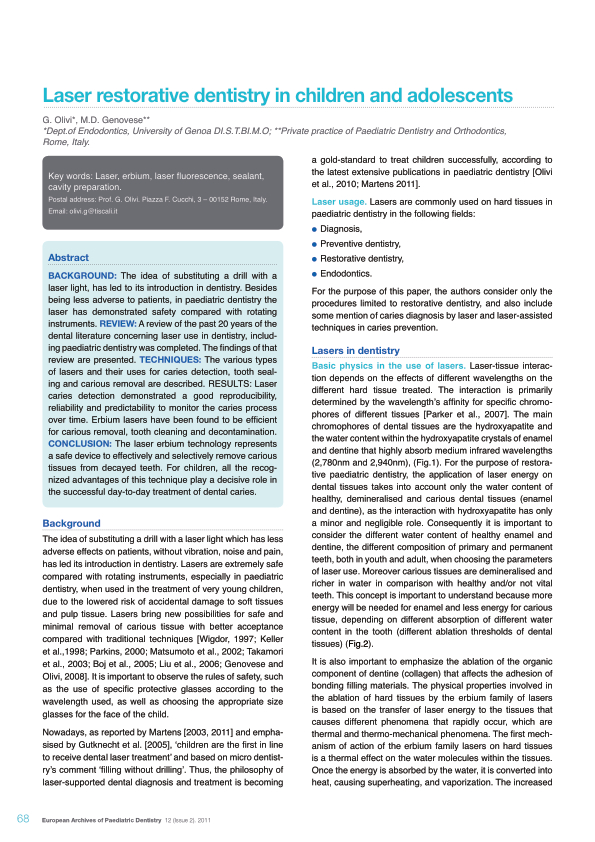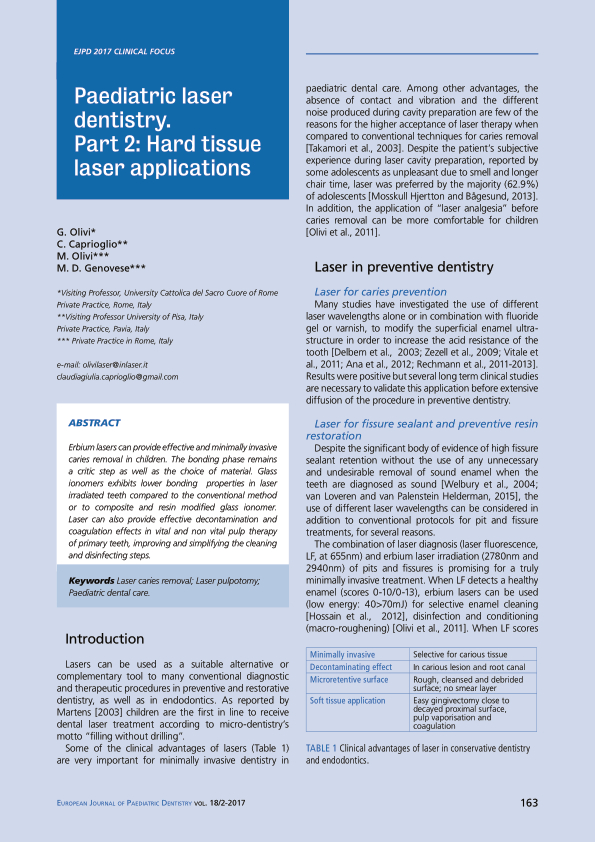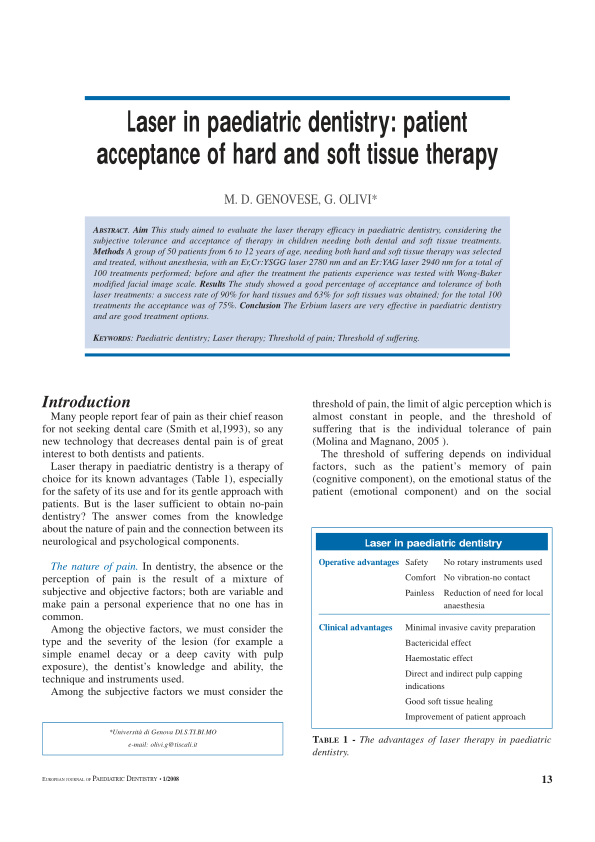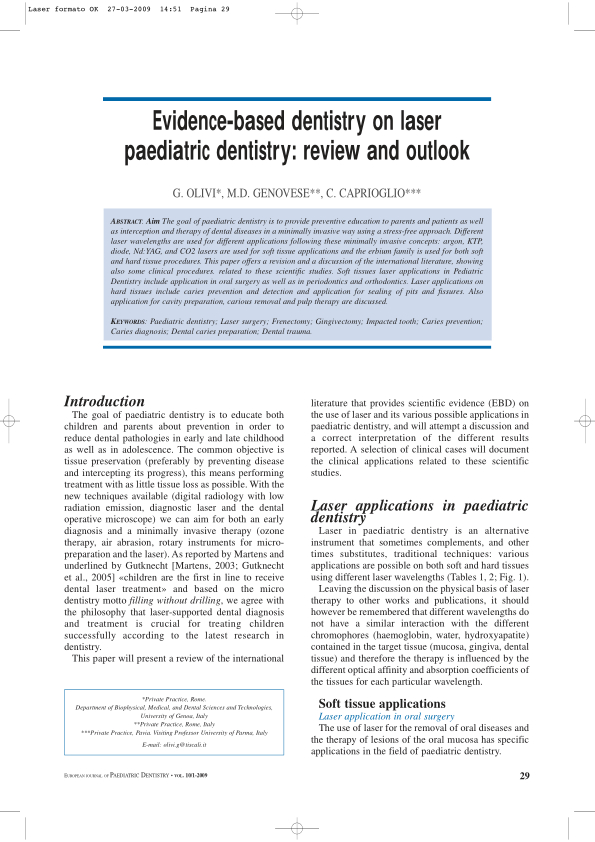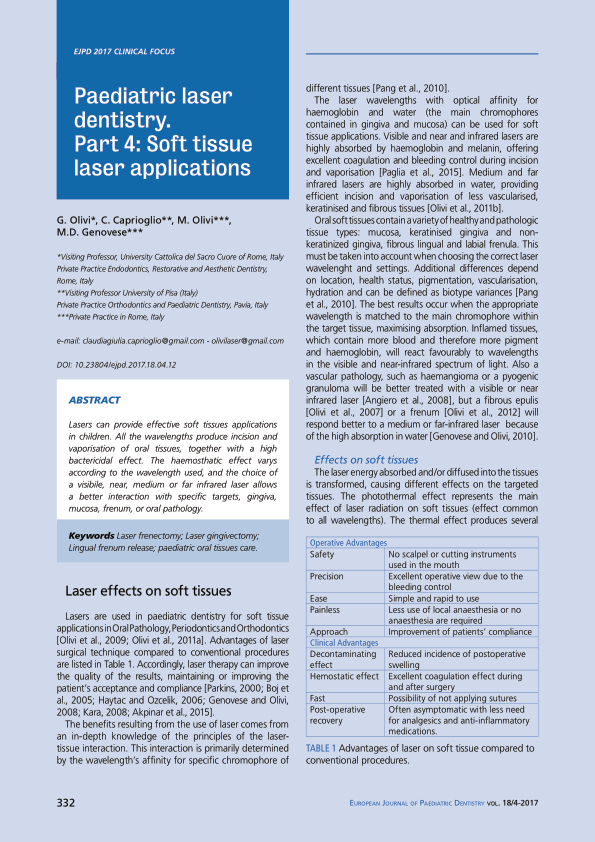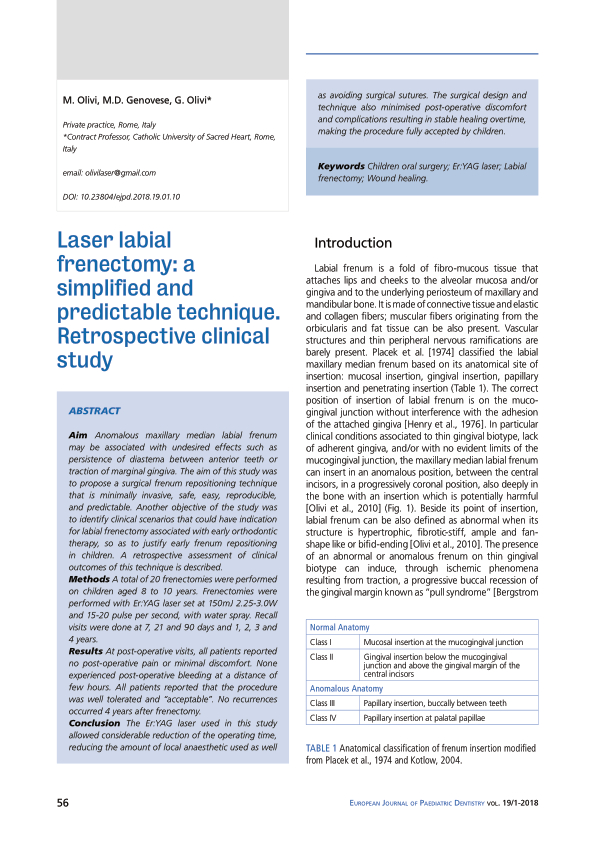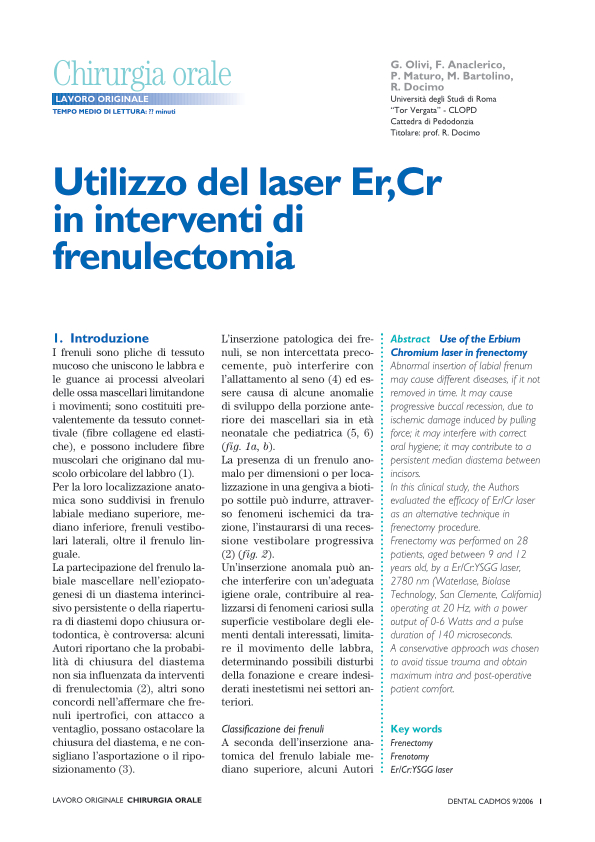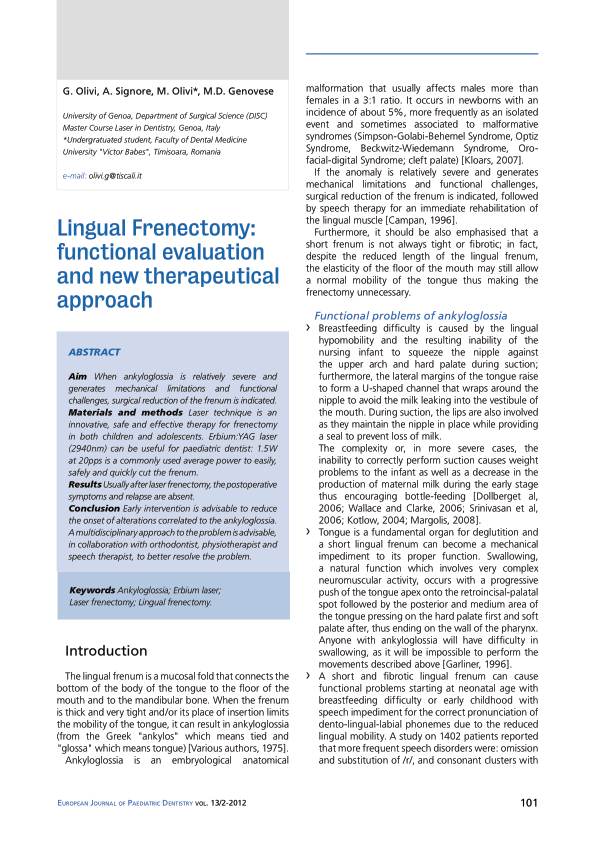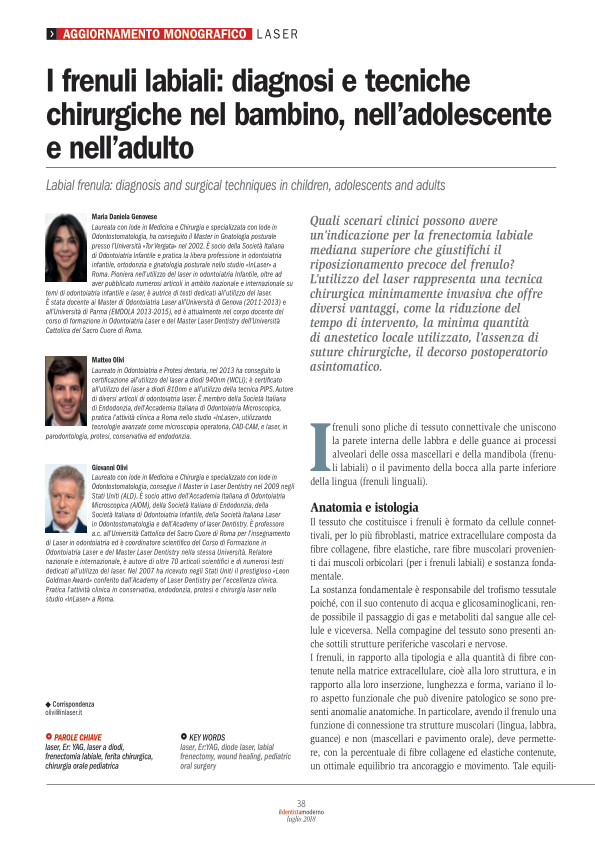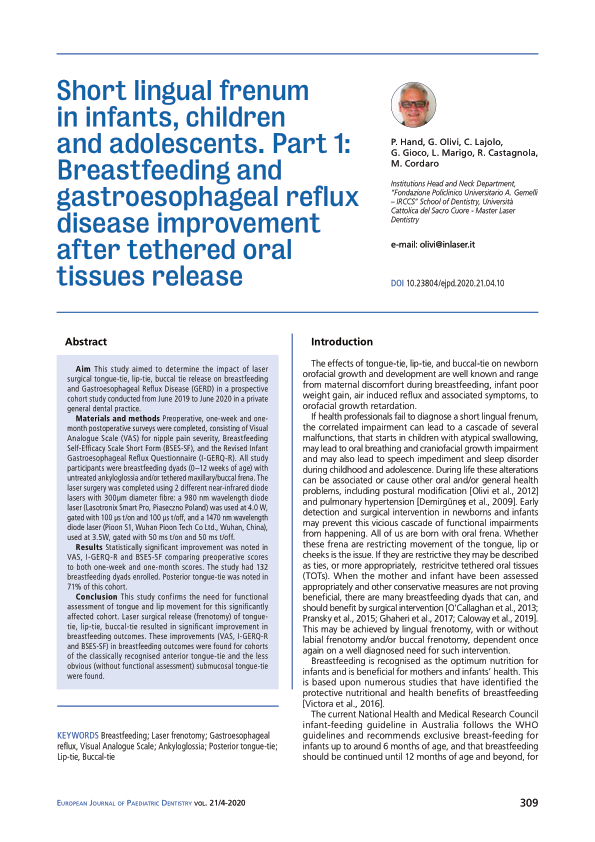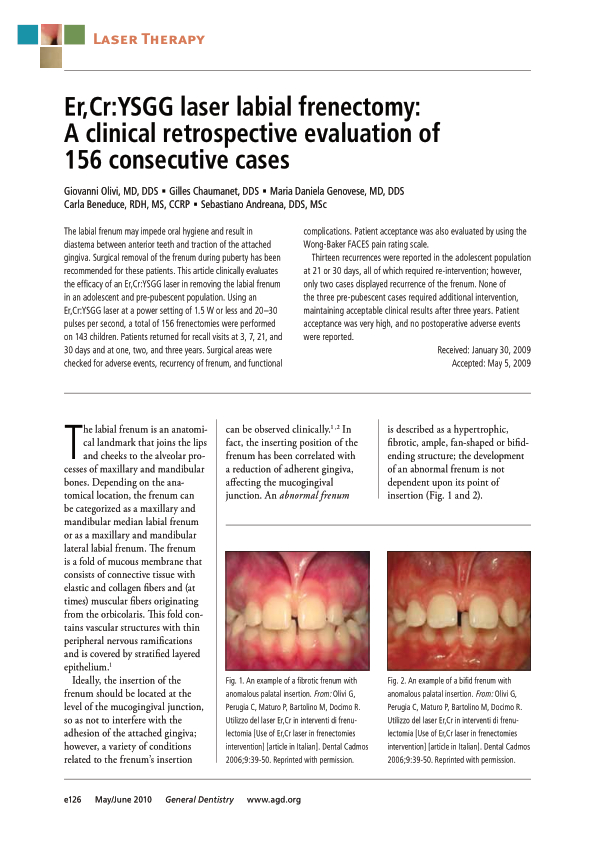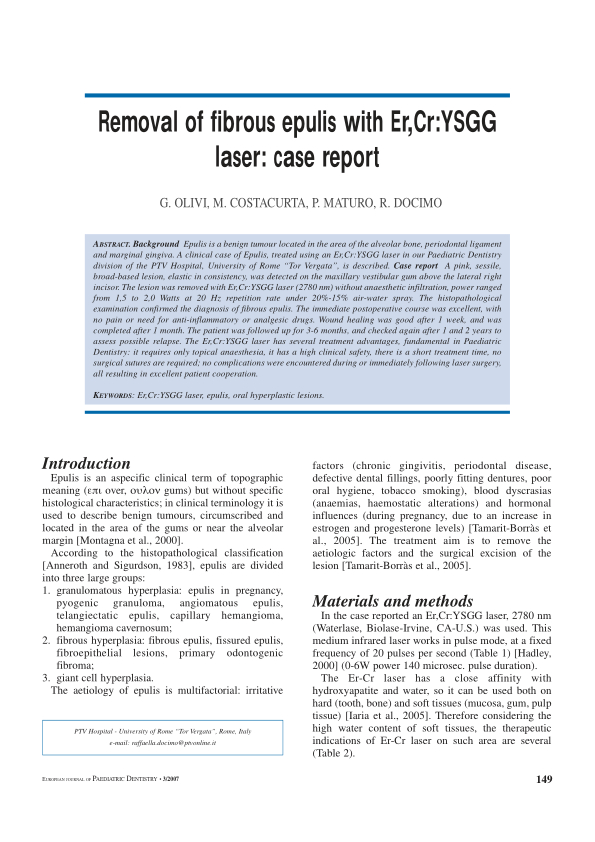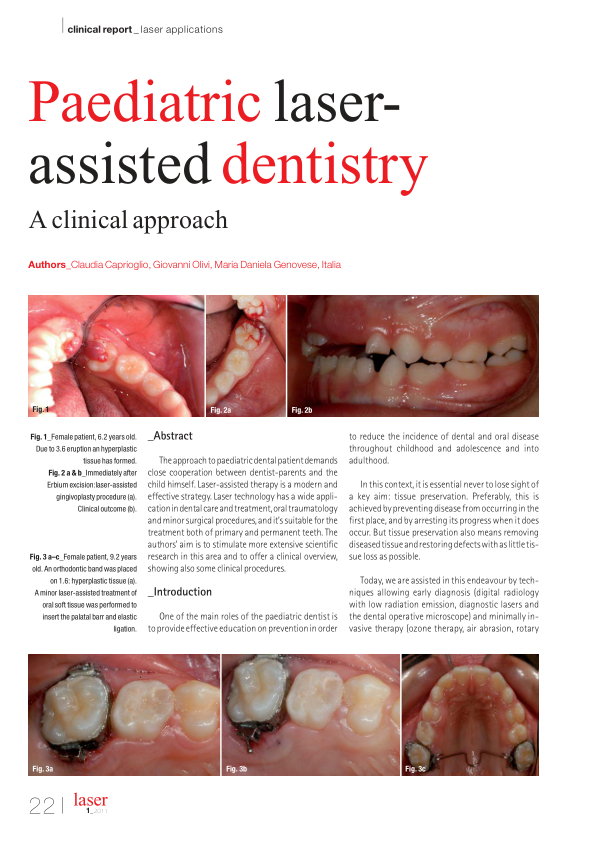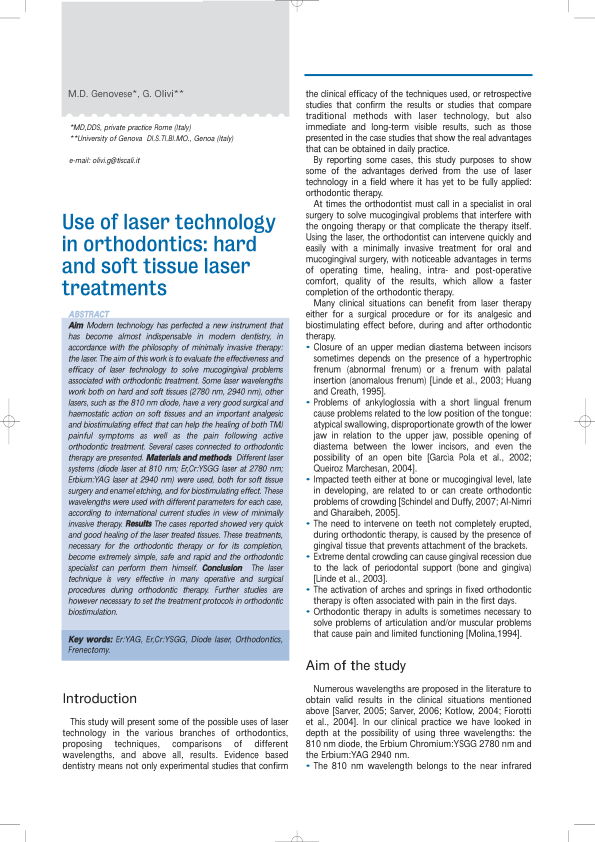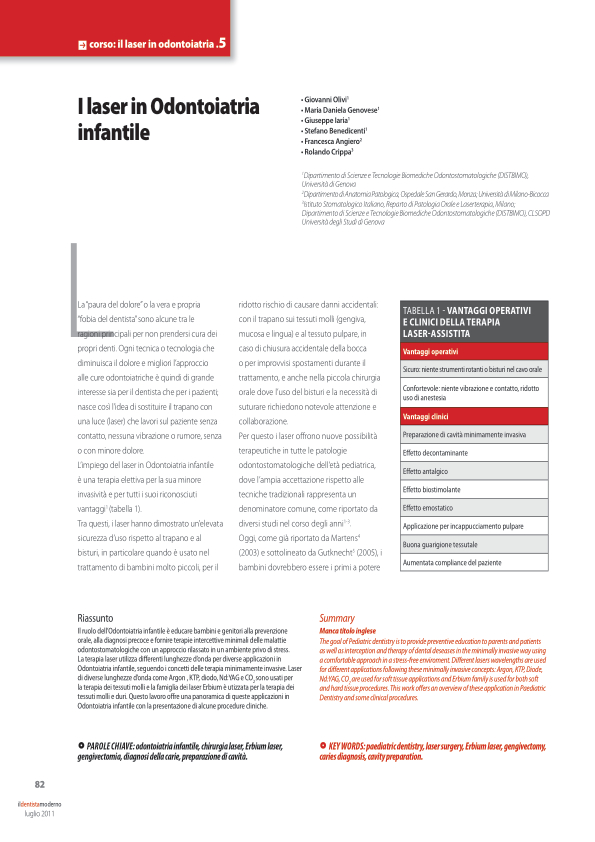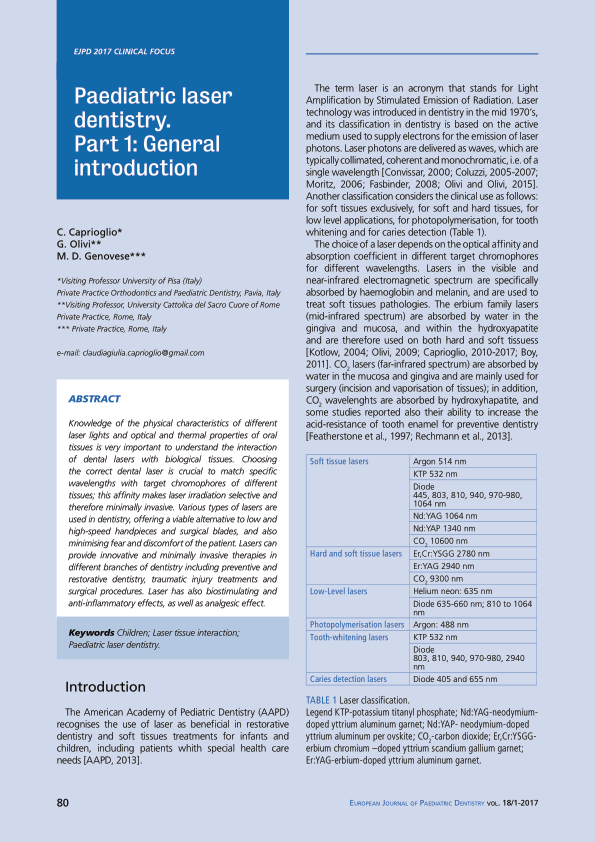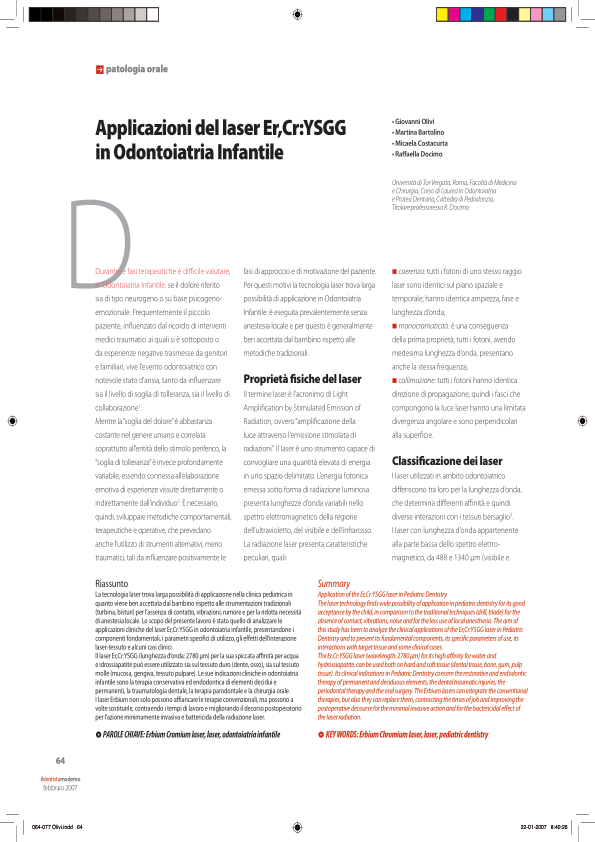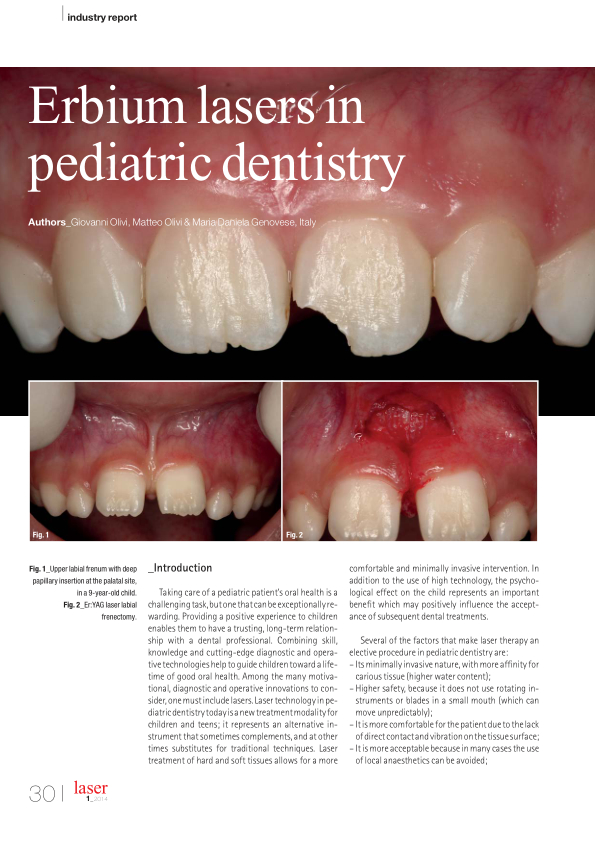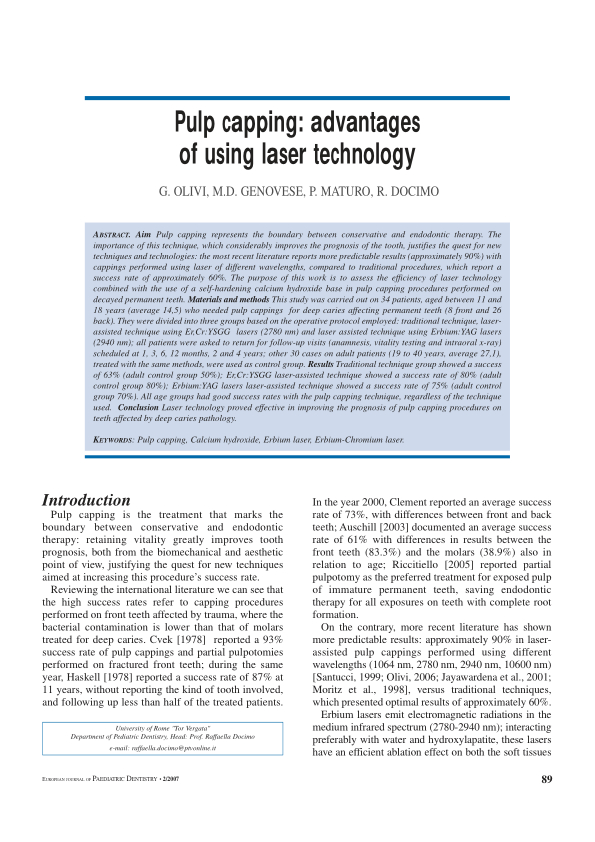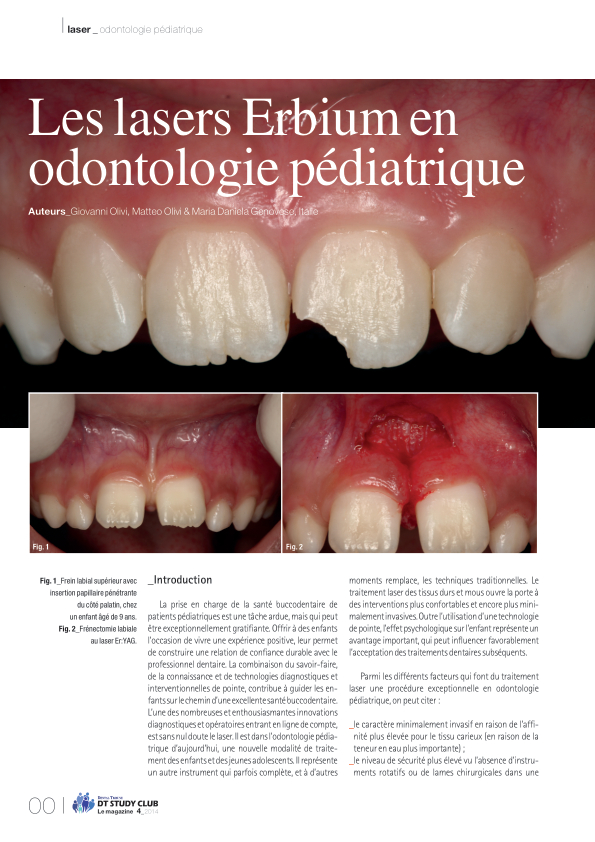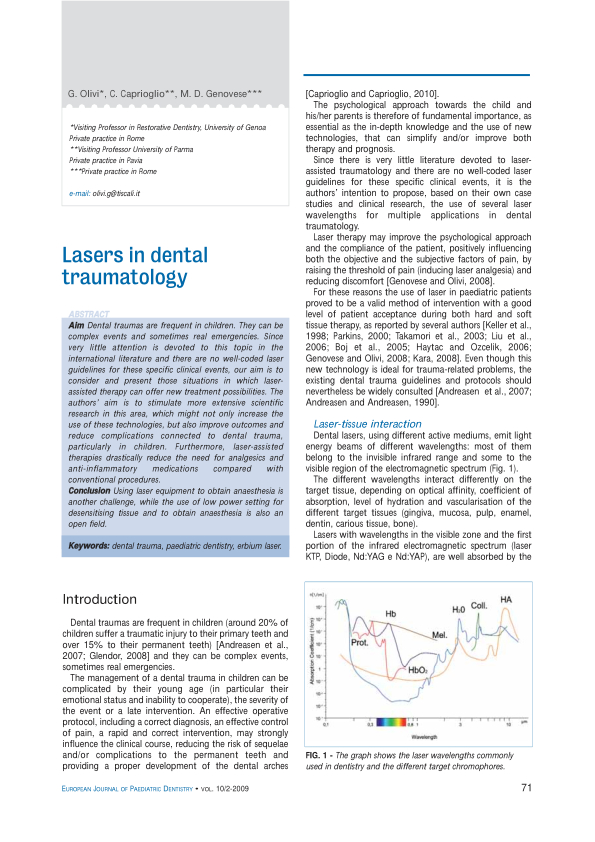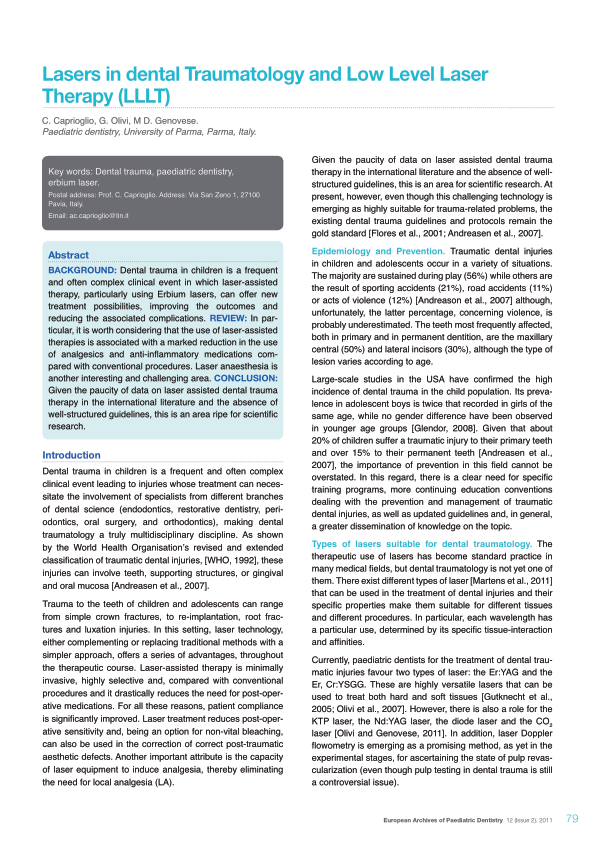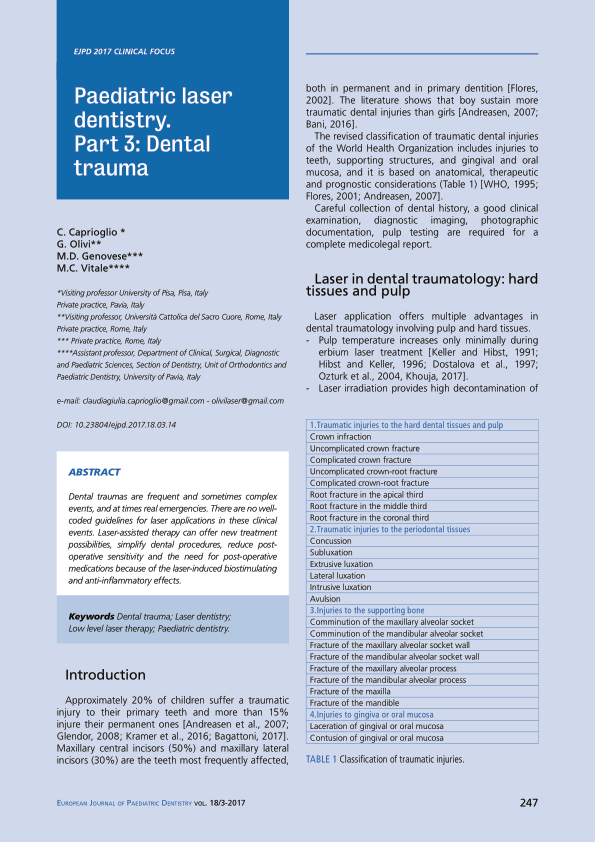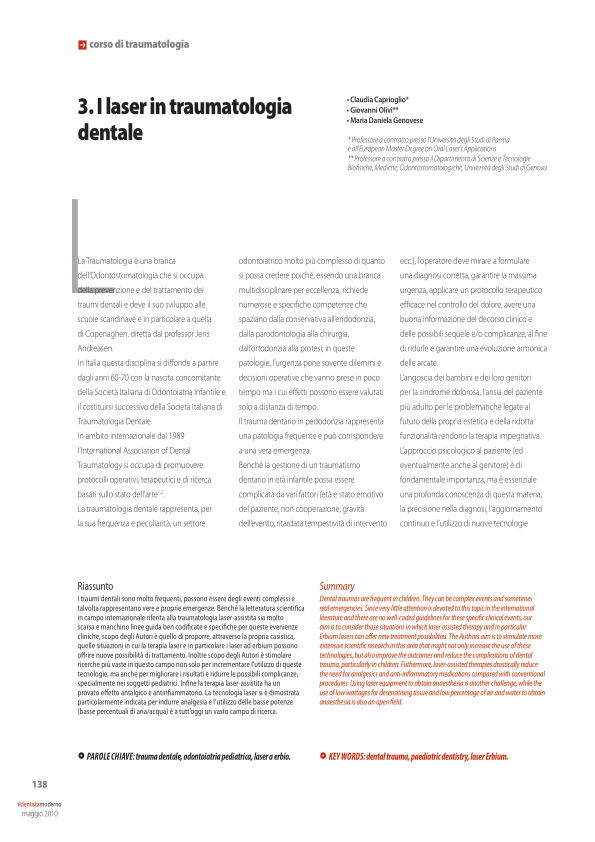Pediatric Dentistry
LASER CARIES REMOVAL
WITHOUT DRILL AND ANESTHESIA
INFANTS AND CHILDREN
PAEDIATRIC DENTISTRY
The first dental visit is an important event in the life of the child.
For over 30 years, InLaser has devoted time and resources to the prevention of tooth decay and to improve more comfortable and safe dental care for children. Dr. Genovese has chosen laser technology for the treatment of cavities, thus avoiding the need for drills or anesthesic: this is the answer that children have been waiting for and keeps them smiling even during treatment
Pediatric Dentistry
EVERYTHING
YOU NEED TO KNOW
Who it’s for
For children of 3 years and up. Scientific research has shown that check-ups and treatment carried out at a young age are fundamental for avoiding painful experiences in later years and can avert future orthodontic problems. Milk teeth (baby teeth) are important and should be checked and treated just as much as permanent teeth.
How it works
Thanks to the use of non-invasive treatments using state-of-the-art equipment, InLaser offers a feelgood approach for carrying out preventive and interceptive treatment programmes that are tailored to your child’s needs:
- Lessons in oral hygiene.
- Diet planning and saliva testing.
- Fluoride use for prevention of tooth decay.
- Laser sealant.
- Diagnosis of tooth decay using the dental microscope and laser.
- Interceptive dental treatment.
Laser treatments without contact, vibrations and anesthetic:
- Laser treatment of cavities.
- Laser treatment of dental trauma.
- Laser treatment of abscesses.
- Laser treatment of a short frenulum.
- Laser treatment of gingivitis.
Frequently asked questions (FAQ)
When should children have their first visit?
Children should already have their first visit at 3-4 years of age if the pediatrician or parents spot signs of tooth decay or other problems that concern the mouth of the child.
If there have not been any problems beforehand, a visit at 5-6 years of age is important, and the child should be started off on a programme of prevention.
What can be done to prevent tooth decay?
Regular check-ups should be carried out every six months (up to 15 years of age), and children should be trained and motivated towards having proper oral hygiene. Fluoride treatment and dental sealant are also helpful.
Should milk teeth be treated?
Of course! This is to save the child from having painful experiences at a young age and to block the development of caries into more severe (pulpitis/abscesses) or chronic (gum boils/fistulas) conditions. Cavities left untreated can also lead to orthodontic problems setting in.
How should we look after our children?
By choosing and trusting in expert professionals who are specialized in providing treatment for children and who pay particular attention to their health and well being. The use of laser technology is an added bonus because it is particularly helpful when treating children.
Why use lasers?
The laser offers several advantages. In diagnosing cavities, it reduces the need for carrying out X-rays; in treating caries, it offers comfort without having to make contact with the teeth and does not vibrate; moreover, anesthetic is almost always avoided. Children who have experienced our delicate and pain-free approach are more inclined to trust us and are more likely to accept the need for dental treatment.
Are lasers safe?
Yes. Lasers use energy in the form of light and are absolutely safe. This is especially true in the case of children as they can often move suddenly or close their mouth during treatment. Any accidental damage that the rotating blade of a drill could potentially cause is thus avoided by using a laser.
Does the laser cause pain?
Not at all. In fact, laser light induces a state of low sensitivity and causes less stimulation to the sensitive nerve fibres.
Main benefits
- Thanks to the laser, children have a positive experience at the dentist. Once their trust is gained, it is easier for them to accept further treatments and check-ups that may be necessary
- Children learn about the importance of health and oral hygiene from an early age
- Prevention and early diagnosis of tooth decay, gum and orthodontic problems, in order to help them grow in a healthy way
TONGUE-TIE IN NEWBORN
Find out more
Find out more
Photo: 8 y.o. – Pre and post lingual frenum LASER release
Photo: 8 y.o. – Pre and post lingual frenum LASER release
Photo: 18 y.o. – Pre and post lingual frenum LASER release
Find out more
Photo: 8 y.o. – Pre and post laser frenectomy
Photo: 9 y.o. – Pre and post laser frenectomy
FISSURES SEALING – PREVENTION
Find out more
Freshly erupted permanent molars and premolars are healthy but not completely mineralized. A thorough home hygiene is essential to prevent tooth decay.
At 6 years age, the application of a fluid resin in the fissures of the tooth, which are difficult to clean with a toothbrush, helps prevent the deposit of food and plaque and the onset of caries there.
LASER DIAGNOSIS AND CARIES REMOVAL
Find out more
The caries removal with the Erbium LASER, without contact and vibration is particularly suitable for children, making the experience at the dentist “pleasant” and well accepted.
DENTAL TRAUMA
Find out more
MIH
Find out more
Pediatric Dentistry
TO KNOW MORE
our pAPERS
Articles about frenectomy
Contact us
Info and Reservations

Dental Practice
Dr. Olivi G. e Dr. Genovese M.D.
Address
ROMA - Piazza Francesco Cucchi, 3
Phone numbers
065815190
065809315


